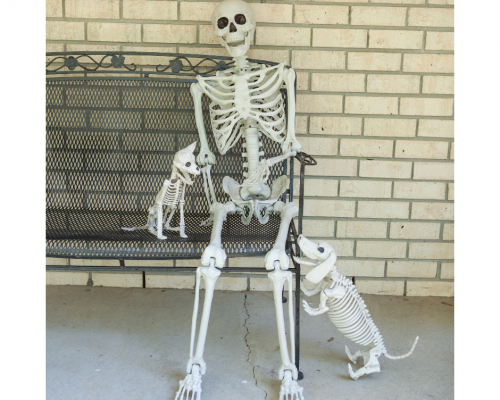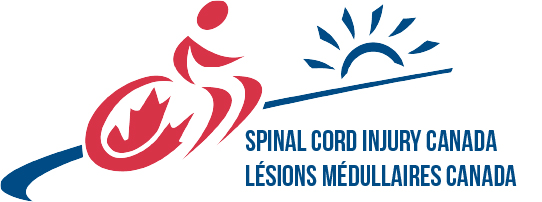Keep Your Skeleton Strong as You Age

In most people, bones start getting thinner and weaker – a condition called osteoporosis – within weeks of a spinal cord injury. If you’re sitting more than standing or walking, and if certain muscles are paralyzed, your bones no longer receive the stimulation that would normally trigger them to rebuild and stay strong. Poor circulation and hormonal changes may also play roles. Once your bones become fragile from osteoporosis, they can get fractured just by doing a transfer too quickly, or twisting while you reach for something.
People with SCI most commonly break bones in the leg or hip. You might assume that if you aren’t using your legs to walk or stand, and if you can’t feel the pain, a broken bone isn’t such a big deal. But the truth is, it can have a huge impact on your health and lifestyle, both now and years down the road.
“A fracture is an iceberg event,” points out Dr. Cathy Craven, medical director of the University Health Network’s Spinal Cord Rehabilitation Program in Toronto, and a leading expert in osteoporosis after SCI. “When you have a fracture, a whole cascade can happen that can reduce your overall quality of life.” A single bone fracture, in fact, can take five years off your life.
Here are other problems associated with a broken bone:
- Healing takes months, which is quite a disruption to your daily routines.
- Being immobile while you recover increases your chances of developing pneumonia, UTIs and depression. It can also lead to pressure sores or blood clots.
- Any bone deformities after you heal can permanently affect your ability to exercise or enjoy activities with your family.
Not everyone with SCI faces the same risk of thinning bones. Your risk is higher if:
- You have a family history of osteoporosis – probably the most significant risk factor
- You’re female
- You’re too thin, with a body mass index of less than 19 (if, for example, you’re six feet tall but weigh less than 140 pounds)
- You had your injury at 16 or earlier before your body reached its peak bone mass
- You’ve had your SCI for more than 10 years
- You have paraplegia
- You’re unable to move anything below your level of injury, and you have little or no spasticity (spasticity may provide stimulation to your bones)
On the plus side, there are a host of risk factors you can actually control. These are the ones to focus on to save your skeleton. They include:
- Smoking
- Excessive alcohol (more than five drinks a day)
- Too much caffeine (more than three times a day)
- Not enough vitamin D (aim for 2000 IU a day)
- Certain drugs, such as steroids and some stomach acid blockers. “It’s important to review your medication list once in a while with your healthcare provider,” says Dr. Craven. “Ask, ‘Is there anything I can come off of, or I can switch to that would be kinder to my bones?’”
Other medications, including bisphosphonates, can help you slow down or prevent bone loss. Passive standing can also safeguard your bone mass, especially if you start soon after your injury. Walking and weight-bearing, if you can do it, will be protective. “Stay active, and eat in moderation,” Dr. Craven adds. “The healthy living advice that we give for reducing heart disease and diabetes is also beneficial for bone.”
Most fracture clinics track bone density by taking measurements in the spine and the hip. Interestingly, new international research has shown that for people with SCI, measuring bone density around the knee is more useful. Currently, only a few Canadian clinics are offering this approach, although Dr. Craven and her team have been teaching the methodology and hope to train more centres across the country.
Even if your local clinic still only offers traditional testing, it’s important to get checked every year. “I would really encourage people to monitor their health, so they understand what’s happening in their bodies, and where they can take action. Knowledge is power,” Dr. Craven says.
To find out more about blogger Lisa Bendall, you can visit: /our-bloggers
